You are about to finish your registration. Please check your mailbox (including spam folder). There should be a letter with a confirmation link. Check setting to make sure that your e-mail address is correct.
Send letter againDescription
The 1966 FIFA World Cup was the eighth FIFA World Cup, a quadrennial association football tournament for men's senior national teams. It was played in England from 11 July to 30 July 1966. England defeated West Germany 4–2 in the final to win their first (and only) World Cup; the match had finished at 2–2 after 90 minutes and went to extra time, when Geoff Hurst scored two goals to complete his hat-trick, the first and as of 2021 only to be scored in a World Cup final, with spectators storming the pitch during the fourth goal. England were the fifth nation to win the event, and the third host nation to win after Uruguay in 1930 and Italy in 1934. Brazil were the defending champions, but they failed to progress from the group stage.
Obverse

|
Fourth crowned portrait of HM Queen Elizabeth II facing right, wearing the Girls of Great Britain and Ireland tiara. ALDERNEY FIVE POUNDS ELIZABETH II |
|---|---|
Reverse

|
Depicts a football with a world map, trophy and England badge, date below. • WORLD CHAMPIONSHIP • JULES RIMET CUP • ENGLAND • |
| Edge |
Characteristics
| Type | Commemorative Issue (Non-circulating) |
| Material | Cupronickel |
| Weight | 28.28 g |
| Diameter | 38.61 mm |
| Thickness | - |
| Shape |
|
| Alignment | Medal |
| Mint |
Royal Mint
|
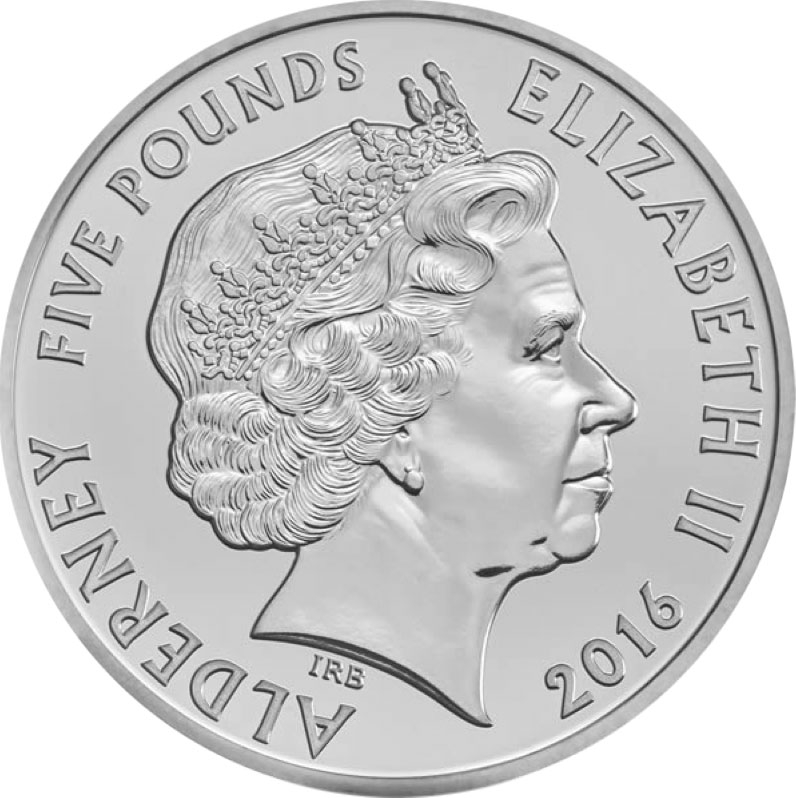
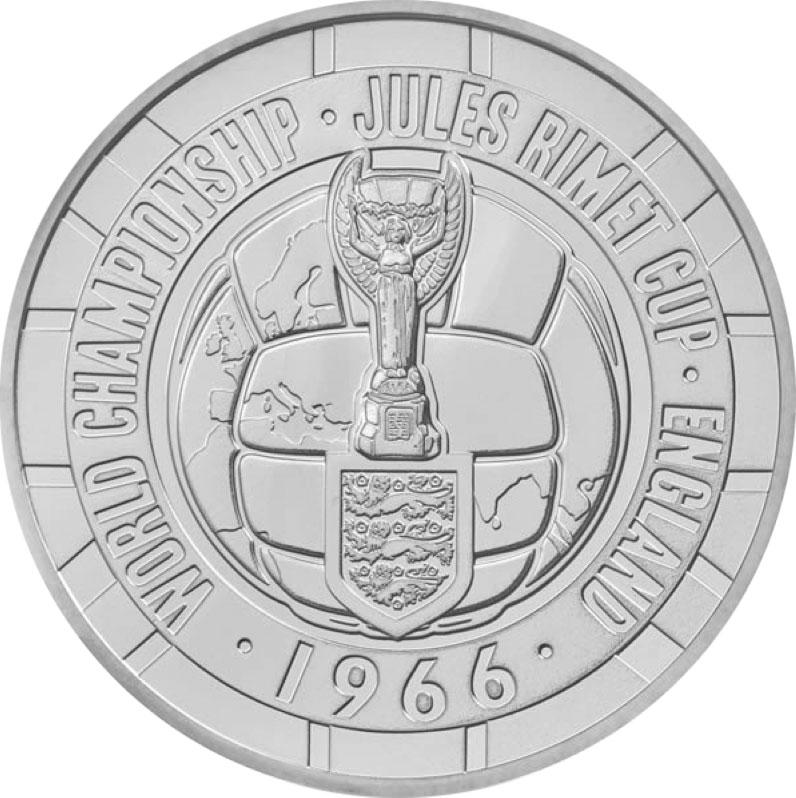
_Pound_5/09.02.2021_14.21.jpg)
_Pound_5/09.02.2021_14.21-60.jpg)
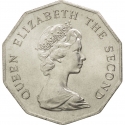
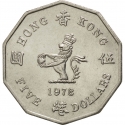
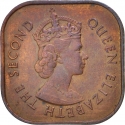
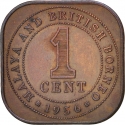
_Pounds_50/1998-2006_01.10.2024_14.38-125.jpg)
_Pounds_50/1998-2006_01.10.2024_14.38_01-125.jpg)